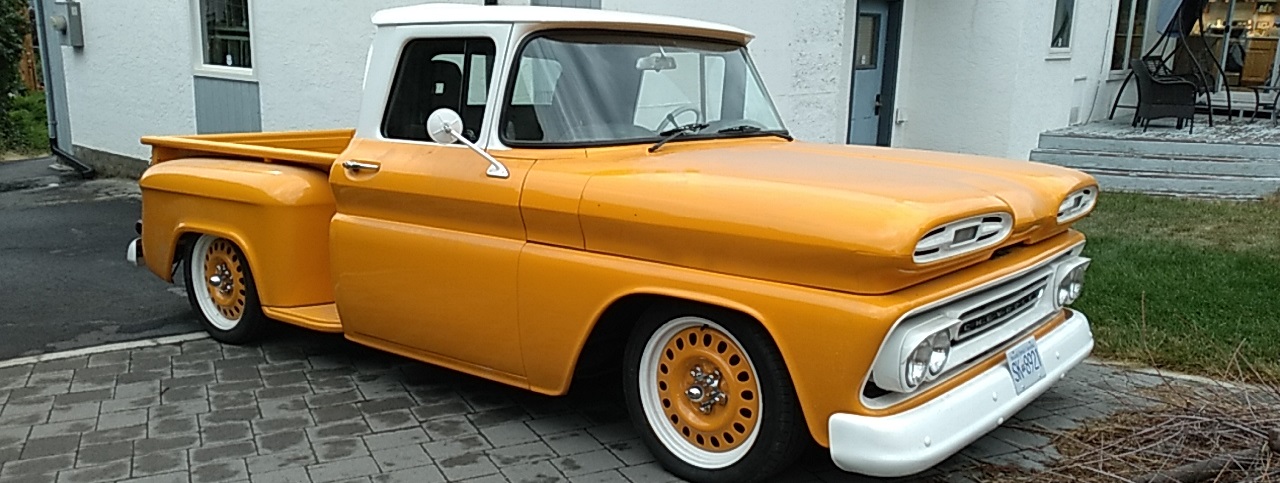Research Activity: Modern Metalworking Processes
Objective: To research and learn about modern metalworking processes.
Materials: A laptop with internet access.
Introduction: Begin by introducing the students to the history of metalworking and its importance in our daily lives. Discuss the different types of metals and alloys and their characteristics, selection of metal type, size, structural shape, and finish for specific applications, ferrous and non-ferrous metals and their applications, heat treatment, gas welding and gas cutting, forging and foundry.
Activity 1: Researching Modern Metalworking Processes (60 minutes)
- Split the class into an EVEN number of tables, have no less than 2 people at a table. You must have an EVEN number of tables occupied.
- Assign each table a different process:
- CNC machining
- Plasma cutting
- Laser cutting
- Waterjet cutting
- Hydroforming
- Casting
- Students should make a chart or table in Google Docs (or equivalent) with information on the following:
- What is it?
- What are the advantages of this process?
- What are the disadvantages or limitations of this process?
- Give two specific examples of a project or project component where this process would be ideal
- What are the costs of the equipment involved?
- What are the safety requirements for the person performing this process?
- What is the environmental concerns with using this process?
Activity 2: Comparing and Contrasting Modern Metalworking Processes (60 minutes)
- Instruct the students to join another table, and discuss to compare and contrast the modern metalworking processes each have researched.
- Decide which of the two processes are better, and why. They must pick one; there will be no “tie.”
- Have them add to their chart or table in Google Docs a section that highlights the similarities and differences between the processes.
- Encourage them to be creative and experiment with different formats.
Activity 3: Presenting Findings (30 minutes)
- Instruct the students to present their findings to the class.
- Encourage them to be creative and use visual aids such as images, videos, and diagrams to enhance their presentations.
Conclusion: Have the students discuss their findings and the similarities and differences between the modern metalworking processes they researched. Encourage them to be proud of their work and to continue exploring the world of metalworking.

